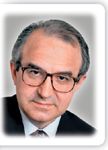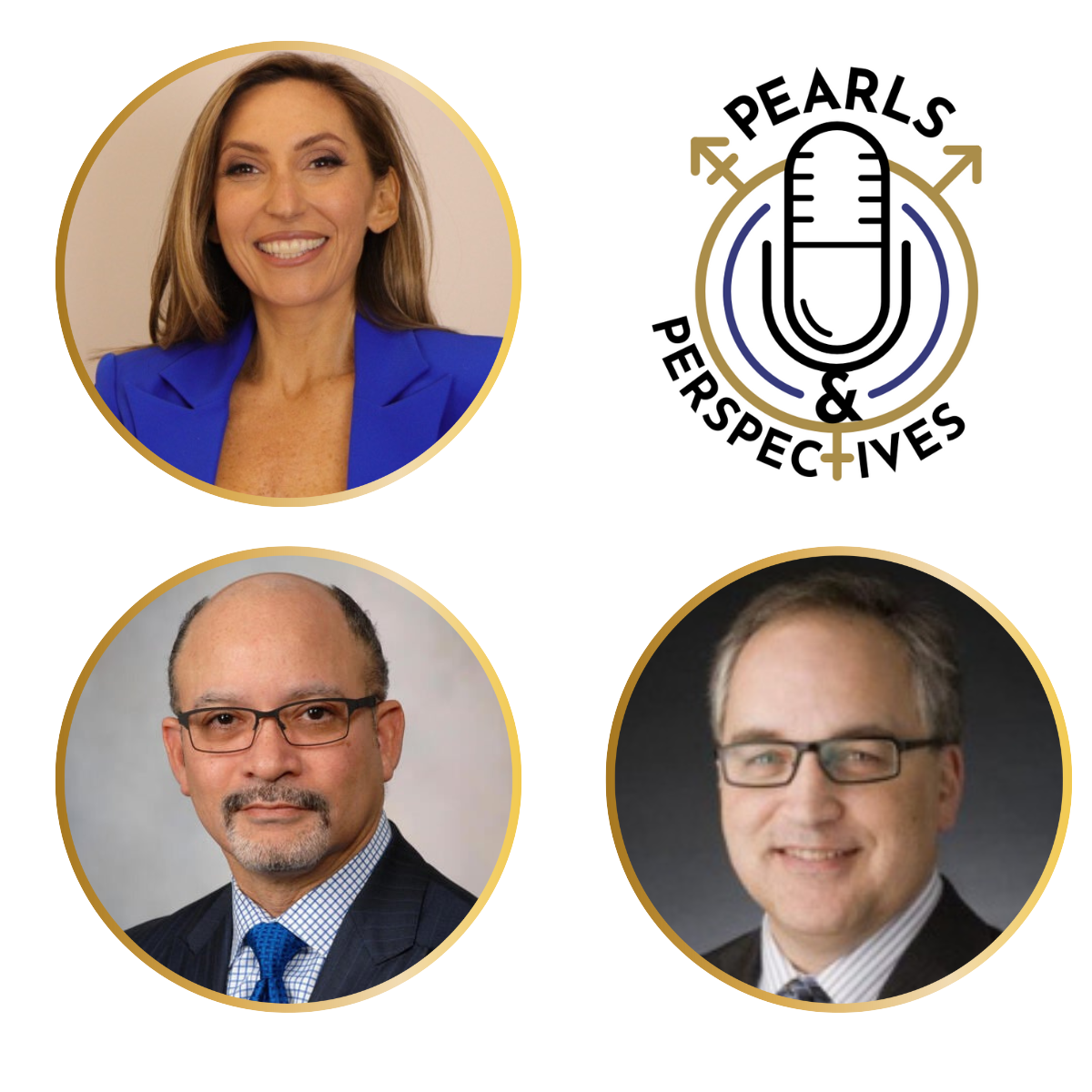Article
Prostate cancer survival boosted at 10 years with ADT, radiation combo
In patients with locally advanced prostate cancer, overall survival is improved with 3 years of long-term adjuvant androgen deprivation and external radiation therapy, without an apparent increase in cardiovascular toxicity, according to 10-year findings.

First author Michel Bolla, MD, professor of radiation oncology at the Centre Hospitalier de Grenoble, France, presented the findings at the European Cancer Organisation and European Society for Medical Oncology multidisciplinary congress in Berlin.
After 5 years of follow-up, EORTC 22863 investigators previously reported improvements in progression-free survival and overall survival in patients receiving the combined modality (N Engl J Med 1997; 337:295-300; Lancet 2002; 360:103-6). The current study was designed to confirm whether these benefits persist and to evaluate for adverse effects on cardiovascular and bone endpoints, which are emerging areas of concern.
High 10-year survival rate
At a median follow-up of 9.1 years, the combined treatment group had more favorable outcomes on multiple measures, including overall survival, progression-free survival, biochemical progression-free survival, distant metastases-free survival, and prostate cancer mortality, with no increase in cardiovascular events.
The 10-year overall survival rate was 39.8% with RT alone and 58.1% with RT/LTAD, for a 40% reduction in risk of death (p=.0004) using the combined strategy, Dr. Bolla reported.
"Still, at 10 years, there is a tremendous difference in overall survival with RT/LTAD," Dr. Bolla said. "To get such a significant effect, we need a combination approach."
Clinical progression-free survival was increased from 22.7% to 47.7%, for a 58% reduction in progression with the addition of LTAD to RT versus RT alone (p<.0001). Additionally, distant metastases-free survival was significantly improved from 30.2% to 51.0% (p<.0001), and cumulative prostate cancer mortality was reduced from 31.0% to 11.1% with RT/LTAD (p<.001). Two pathologic fractures were reported in patients receiving the combined therapy, occurring 7 to 10 years after treatment.
Dr. Bolla noted that the study was initiated in 1987, at which point the effect of goserelin had not been completely established. Since that time, short-term treatment has also proven effective; however, Dr. Bolla and his team recently showed that RT plus 6 months of androgen suppression yielded inferior survival compared to 3 years of androgen suppression (N Engl J Med 2009; 360:2516-27).















